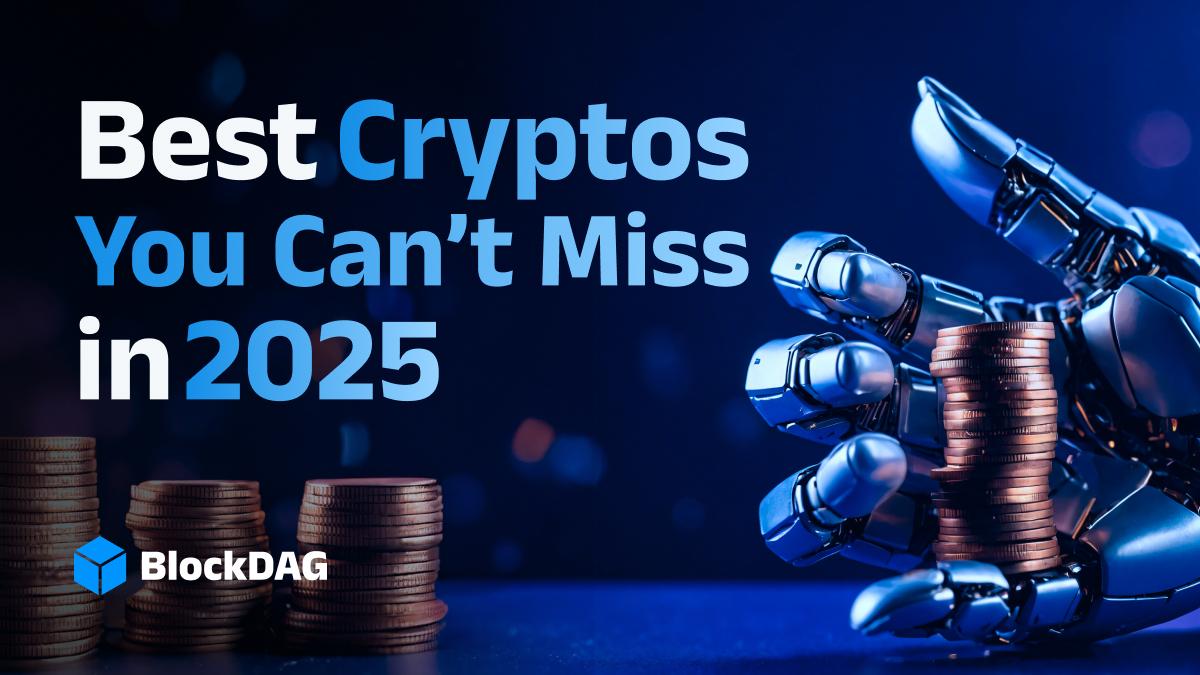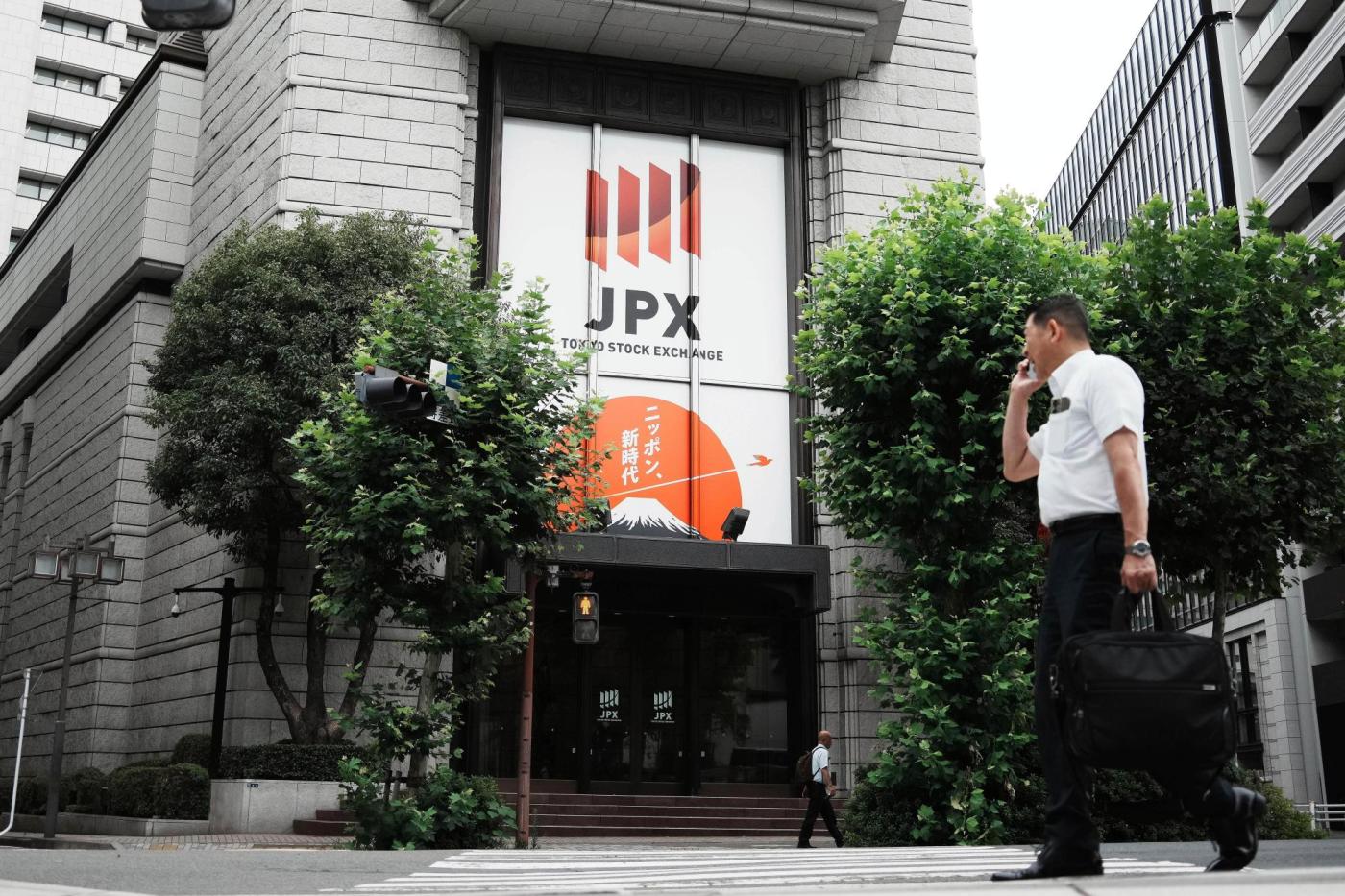**Smart Contracts Enter a New Phase of Accessibility: Top Cryptos Driving the Shift**
Smart contracts are moving into a new phase of accessibility, and the best crypto to invest in now are those making this shift possible for ordinary users. No longer the domain of Solidity coders, these contracts are being built with tools that are visual, simple, and ready for wider adoption. This wave is shaping the future of Web3, with four names standing at the forefront.
—
### BlockDAG: Smart Contracts at the Click of a Button
BlockDAG is revolutionizing how people create and deploy smart contracts. Its Low-Code Smart Contract Builder empowers users to build, launch, and manage contracts through a visual interface—with no coding knowledge required.
The tool functions like a website editor: drag features, define functions through intuitive menus, and launch with a single click. This opens Web3 to entrepreneurs, marketers, and creators who want to design NFTs or utility-driven contracts without the need to hire developers.
Backing BlockDAG is strong infrastructure. It utilizes a hybrid DAG plus Proof-of-Work system that balances speed and security, supporting 2,000 to 15,000 transactions per second. Its Awakening Testnet is live, offering full compatibility with the builder and support for wallets, miners, and explorer tracking. Contracts made through the builder are validated like traditional Solidity contracts, ensuring both usability and safety.
The project’s progress extends beyond technology. The presale is nearing $420 million, with 26.5 billion coins sold and over 20,000 X-series miners shipped worldwide. Despite Batch 30 pricing at $0.03, the coin is still offered at $0.0015, highlighting an accessible entry point.
For investors seeking crypto with real-world utility and growth potential, BlockDAG (BDAG) delivers a mix of accessibility, speed, and scale.
—
### XRP: Payments First, Usability Second
XRP focuses on global payment systems, cross-border transfers, and institutional use. The XRP Ledger is known for its speed and scalability, with Ripple securing partnerships across Asia, Latin America, and the Middle East.
However, when it comes to making smart contracts accessible, XRP isn’t leading the charge for Web3 creators. While the Ledger does support smart contracts through Hooks and sidechains, these remain complex for developers. There is no low-code or no-code tool available, and the documentation can be overwhelming for non-technical users.
XRP aims to build trust with institutions rather than welcoming everyday users into decentralized apps or digital assets. For enterprise-level payment infrastructure, XRP remains highly relevant. But for those looking to deploy smart contracts simply, XRP aligns more closely with financial systems than broad accessibility.
—
### Solana: High Performance Without Easy Entry
Solana is acclaimed for its fast processing and low fees. Its Proof-of-History and Tower BFT design enable handling thousands of transactions per second, making it attractive for DeFi, NFT platforms, and real-time gaming applications.
Solana is also expanding into mobile technology through phone integrations and on-chain applications.
The major challenge lies in creating smart contracts. Solana uses Rust—a powerful but complex systems programming language that is difficult to learn. Although the ecosystem is gradually improving, new developers and those migrating from Ethereum face a steep learning curve.
Solana provides speed and scalability but does not offer a clear path for those without coding skills. For individuals wanting to build contracts without mastering Rust or hiring technical teams, Solana falls short—leaving room for BlockDAG’s Low-Code Smart Contract Builder to shine.
—
### Pi Network: Growth Without Developer Tools
Pi Network has gained momentum through its mobile-first design and global user base. Its tap-to-mine model brought millions on board, providing a simple introduction to digital assets.
The main focus so far has been community expansion, preparing participants for future Web3 use as the mainnet gets closer to full activation.
However, smart contract deployment is not yet available to ordinary users. Although work continues to add decentralized apps and contracts, tools remain limited and lack a visual interface. Much of Pi’s ecosystem is still in a sandbox stage, leaving real deployment on hold.
For those learning basic crypto functions, Pi offers an easy start. But for actual contract creation, customization, and deployment, it’s not yet ready. In contrast, BlockDAG already connects drag-and-drop contract tools to a live testnet, signifying a more developed platform.
—
### The Push Toward Simpler Smart Contracts
The best crypto to invest in isn’t just about attracting attention—it’s about reducing barriers to smart contract use.
– **XRP** emphasizes payment systems aimed at institutions.
– **Solana** delivers unmatched speed but requires Rust expertise.
– **Pi Network** builds a wide community but lacks real smart contract deployment.
– **BlockDAG**, by contrast, focuses on usability with a working testnet and a Low-Code Builder accessible to all.
With its presale nearing $420 million, 26.5 billion coins sold, and a 2900% ROI since Batch 1, BlockDAG proves that smart contract creation can be simple, secure, and scalable.
At just $0.0015 per coin, access to a token connected to a live builder, scalable consensus mechanisms, and strong presale traction makes BlockDAG the best crypto to invest in for Q4.
As Web3 shifts toward everyday users seeking tools without coding, BlockDAG is shaping the path forward.
—
*Invest wisely and keep an eye on the technologies democratizing smart contract creation—because the future of Web3 is visual, simple, and accessible to all.*
https://bitcoinethereumnews.com/tech/blockdag-solana-xrp-pi-network-insights/?utm_source=rss&utm_medium=rss&utm_campaign=blockdag-solana-xrp-pi-network-insights



